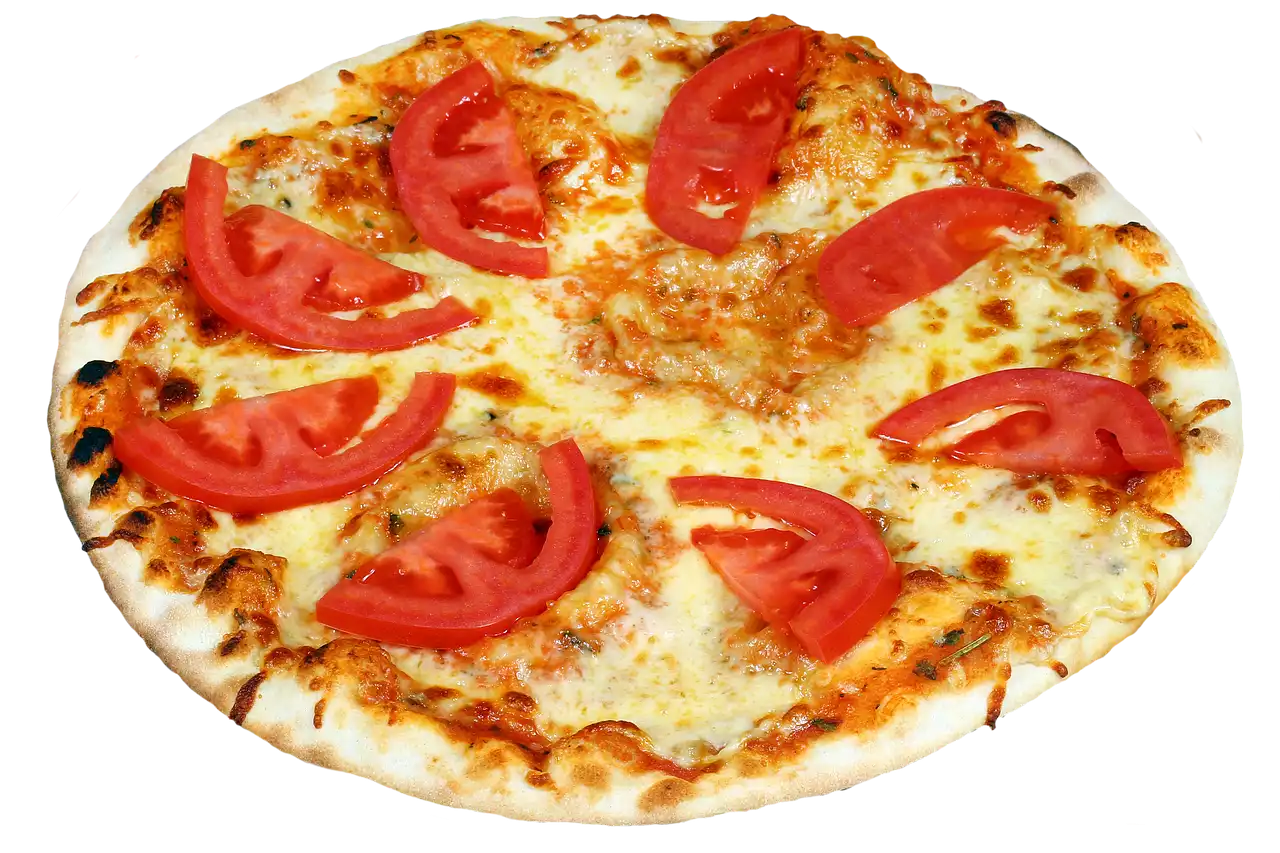French cuisine has developed through many centuries and through many changes. Its history is varied and complex. Its evolution is also significant. French cuisine has been influenced by the geography of the country, by the customs of its people, by the trends of the times, and by the art and science of cooking. Around the ancient Gaulish city of Lugdunum, which was later called Lyon, developed a cuisine that was known as the “Lyon style.” This style was characterized by the use of herbs and garlic, the use of ham and bacon, the use of fish and white meat, and the use of dry red wine rather than sweet wine.
The Middle Ages brought about a great change in the way French people ate. In the early Middle Ages, the French had a reputation for being rather gluttonous. This changed as the Middle Ages progressed. They adopted a simpler style of eating, as a result of a feudal code that prohibited the lords from overindulging in their food and drink. They also adopted a stodgy style of cooking. The people began to eat less and less. Food was prepared in a more careful manner, and the people were more selective about what they ate. The difference in the way the French had eaten and the way they ate during the Middle Ages can be seen in the evolution of French cuisine. During the Middle Ages, French cuisine was influenced by the Italian style of cooking.
The Renaissance and the Emergence of French Cuisine
During the Renaissance, the French were known for their love of luxury food. They were also noted for the quality of their wines. They loved shellfish, game, and fish and for this reason, the Renaissance is considered to be a period of great importance for the development of French cuisine. The cuisine of the French Renaissance was based on dishes that were simple and fresh. It was based on fish and meats like rabbit, partridge, hare, and venison. In this period, the French also developed their love of classic French desserts such as crème caramel, crème brûlée, and profiteroles.
The Fall of the French Empire and the Rise of the Nouvelle Cuisine
The French empire fell in 1815. The new emperor, Louis XVIII, was the king of France during the time of the Revolution, which began in 1789. The new emperor wanted to restore the old ways of dining and entertaining, and he gave royal dinners and banquets that were lavish and expensive. During the French Empire, people had eaten a lot of fish and game. They had eaten less red meat and very little fruit and vegetables. The new emperor wanted to change all of this, so he had new gardens planted with oranges and avocados, and he had new vineyards planted with grapes. The new emperor also had new chefs trained in the new ways of preparing food, but they were trained in the old ways of preparing fish and game.
The 20th Century and the End of the Nouvelle Cuisine
France experienced both world wars during the 20th century. As a result, the French people changed. They became more health-conscious, and they came to eat less red meat and more fish and fruit. The cuisine also changed. It became lighter and more colorful, and it became less expensive. During the 1950s and 1960s, the nouvelle cuisine style was very popular in France. It used more butter, cream, and olive oil, and it used less red meat. In the 1970s and 1980s, the cuisine went back to its simple and fresh roots. The cuisine again changed in the 1990s, and it became more health conscious yet again. The French people became more health conscious in the late 20th century as a result of several factors. One factor that contributed to the French people’s change in diet was the increase in the price of meat. The French people also had health concerns that drove them to eat more vegetables and less meat. These two factors led many French people to change their diet.
Contemporary French Cuisine
Contemporary French cuisine is a result of the evolution of French cuisine since the 19th century. It is influenced by many different cuisines, like Japanese, Chinese, and Mediterranean cuisines. The French people have turned toward more healthful foods in the 21st century. There has been a significant change in the way the French people eat. They have eaten less meat, less fat, and less sugar, and they have eaten more fruits, vegetables, whole grains, and beans. The French people have also changed their diet in another way. They have eaten less bread and more pasta, rice, potatoes, and grains.
Summing up
French cuisine has evolved over the centuries and continues to adapt to the culture of its people. It has been influenced by the geography of the country and by the customs of its people. It has also been influenced by trends in society, by the art and science of cooking, and by the evolution of French cuisine.


 Perfect Valentines Day Gifts for Wife, Husband, Women, and Men!
Perfect Valentines Day Gifts for Wife, Husband, Women, and Men!
 How to Choose the Baby Bath Seats
How to Choose the Baby Bath Seats
 Italian Handbags have always been the Best in Fashion
Italian Handbags have always been the Best in Fashion French Haute Cuisine and Nouvelle Cuisine
French Haute Cuisine and Nouvelle Cuisine